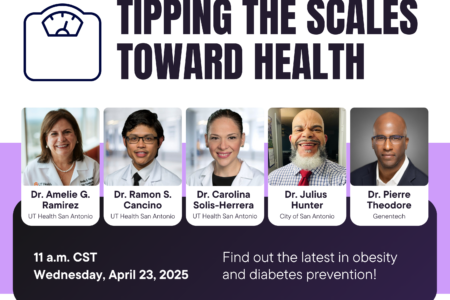
Share On Social!
Millions of Americans rely on social programs, such as the Supplemental Nutrition Assistance Program (SNAP), to put food on their tables.
These individuals, many of whom are Latino or other people of color, still face barriers in accessing nutritious food. In fact, a recent USDA study showed that nine in 10 SNAP recipients have difficulty purchasing healthy, nutritious food.
Facts like these are fueling calls from experts and advocates for “nutrition security,” a new outlook on the kinds of food that are accessible for all families, according to Cassie Ramos, a policy associate at Center for Science in the Public Interest.
“Lack of access to nutritious diets is a major challenge for people with low incomes in the United States,” Ramos writes in an Op-Ed in The Hill. “A report released late in June by the United States Department of Agriculture (USDA) revealed that nearly nine out of 10 participants of the Supplemental Nutrition Assistance Program (SNAP) face barriers to healthy eating and underscored the inadequacy of SNAP.”
The Need for a SNAP Overhaul
Affordability is the largest barrier to eating healthy, nutritious food for 61% of SNAP participants, according to the recent USDA report.
“SNAP participants, who are especially sensitive to price points, can be drawn to cheap products that are lacking in nutrients — a fact that food and beverage companies are known to exploit,” Ramos writes in The Hill.
The USDA report also sheds key information about the issue:
- 88% of SNAP participants reported facing some type of barrier to achieving a healthy diet throughout the month.
- The most common barrier overall, reported by 61 percent of SNAP participants, was the affordability of foods that are part of a healthy diet.
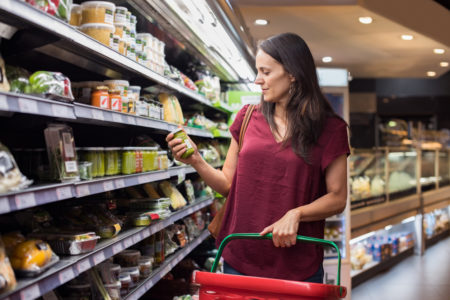
- Lack of transportation to a grocery store or the distance to a grocery store were environmental barriers to healthy eating reported by nearly 20% of SNAP participants.
- Two barriers – affordability and lack of cooking equipment or storage – were associated with household food insecurity.
Furthermore, SNAP Recipients in New York faced higher rates of fast/junk-food advertisements during the times of the month when those benefits were distributed.
This is the case in many Latino neighborhoods, where there is both a lack of grocery stores and an abundance of unhealthy food options, according to a Salud America! research review.
“I feel like I’m being attacked in the grocery store,” a North Carolinian participating in SNAP said in a recent Center for Science in the Public Interest report on SNAP. “You know all those little candy bars at checkout, and you know they attack me.”
What a SNAP Overhaul Could Look Like
Nutrition security advocates are sharing key objectives to solving the problem.
Healthy Eating Research, a national group funded by Robert Wood Johnson Foundation to promote system changes for healthy eating, recently outlined SNAP policy improvement in its Strengthening the Public Health Impacts of SNAP: Key Opportunities for the Next Farm Bill report.
They are “are evidence-based policy changes that have the greatest potential to improve SNAP participants’ diet quality and health.”
They provide four key areas to focus on and seven specific ways to make those come to life:
Increase SNAP access and adequacy
- Increase SNAP participation
- Boost SNAP benefit adequacy
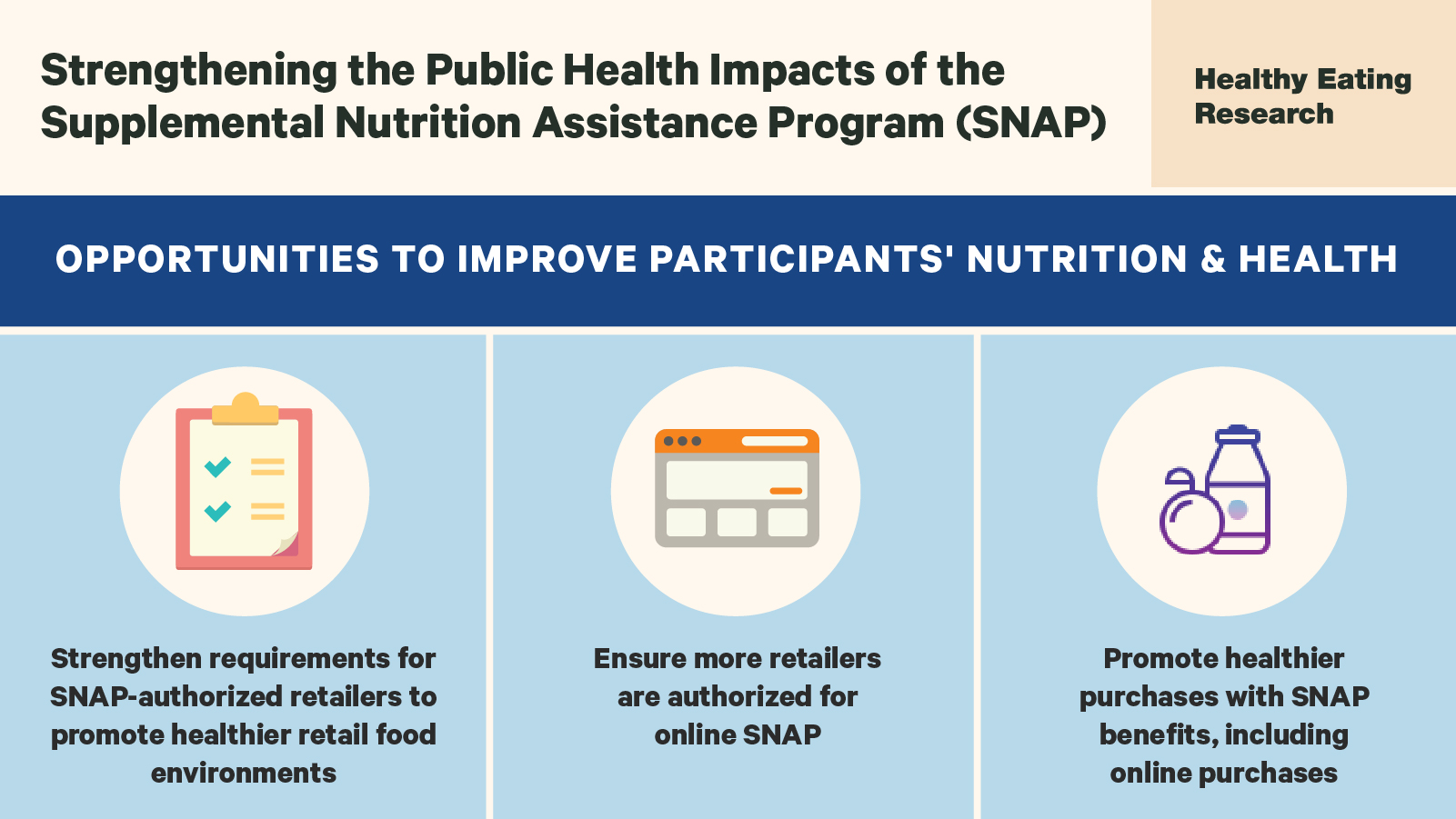 Promote healthier foods and beverages in the retail environment
Promote healthier foods and beverages in the retail environment
- Offer SNAP-authorized stores incentives, capacity building, and technical support to meet stronger stocking standards. This is particularly important for non-chain, smaller retailer venues in underserved areas
- Authorize more retailers for online SNAP
- Promote healthier purchases with SNAP benefits, including online purchases
Strengthen federal nutrition education and promotion
- Increase SNAP-Education (SNAP-Ed) reach and impact
Foster more resilient food systems
- Strengthen the public health impacts of SNAP during disasters and through resilient food systems
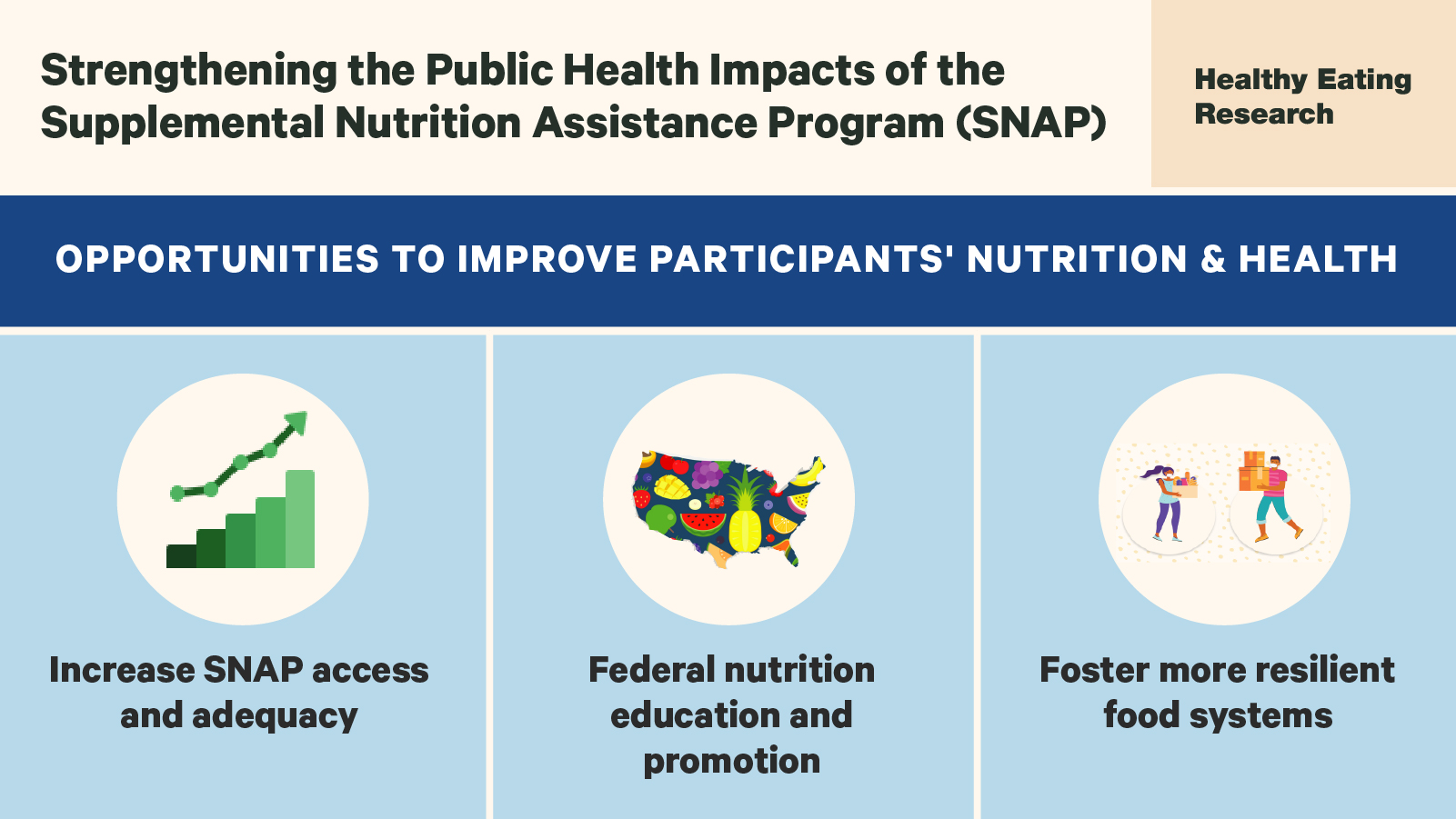 The changes could have other impacts, such as:
The changes could have other impacts, such as:
- Lifting SNAP participants out of poverty
- Reducing health care expenditures
- Increasing purchases of fruits and vegetables
- Expanding local and regional food economies
- Creating jobs
- Promoting opportunity in rural and tribal communities
- Promoting racial equity
“SNAP offers a vital lifeline to millions of Americans,” the report states. “The size and reach of SNAP suggests that policy changes via the next Farm Bill can meaningfully promote food and nutrition security and improve public health.”
Nutrition Insecurity Among Latinos
Food insecurity is prevalent in the United States, especially in Latino and Black communities.
Latino and Black households are more likely to suffer food insecurity (16.2% and 21.2%, respectively) than the national average (11.1%), according to USDA data.
“Despite their best efforts to make healthy choices in stores, three-quarters of parents reported difficulty shopping at grocery stores due to the prevalence of unhealthy foods and children’s preference for them,” Ramos writes in an Op-Ed in The Hill. “Junk food marketing especially targets Black and Latino children, who are more likely to view fast food advertising compared to their White peers. This trend has become more pronounced over the last several years.”
In schools, school meals are rising as a solution to both food insecurity and nutrition insecurity, especially for students of color. 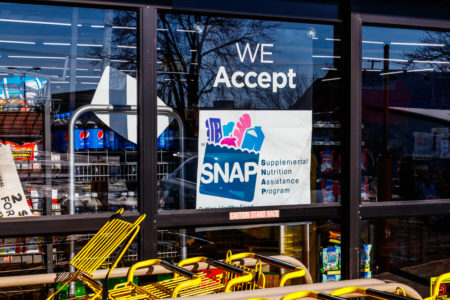
But for Latino students, many attend schools with high levels of access to unhealthy foods and sugary drinks. Latino students ate or drank 47 more “low-nutrient” calories per day than their peers, according to a Salud America! research review.
Now COVID-19 is worsening food access.
“USDA is right to address the barriers of costs, time and transportation to healthy eating facing SNAP participants,” Ramos writes in an Op-Ed in The Hill. “However, USDA should also focus on the role of food industry marketing, which disproportionately targets people who participate in SNAP and others with low incomes. Consumers should not have to fight an upstream battle alone against the many factors that conspire to serve food industry profit over their health.”
What You Can Do
Ramos says that the USDA study provides some insight. But more can help find the best ways to approach this issue.
“While the study sheds light on some barriers to healthy food access, the scope of the assessment is limited,” she writes in an Op-Ed in The Hill. “A more complete assessment would include the many ways in which our food system drives consumers toward unhealthy choices, creating an environment that prioritizes profits over health. Some call these barriers the ‘commercial determinants of health,’ and these were not acknowledged in this latest USDA report.”
 The University of Connecticut’s Rudd Center for Food Policy & Obesity offers suggestions for actions that federal, state and local governments can take, including: Creating nutrition standards for kids’ meals and eliminating unhealthy food and beverage marketing to children as a tax-deductible expense.
The University of Connecticut’s Rudd Center for Food Policy & Obesity offers suggestions for actions that federal, state and local governments can take, including: Creating nutrition standards for kids’ meals and eliminating unhealthy food and beverage marketing to children as a tax-deductible expense.
Moreover, their recommendations include how public health advocates and practitioners can push for changes to these marketing practices.
“Develop campaigns to increase public awareness of the vast amounts of primarily unhealthy fast-food advertising, especially advertising that disproportionately targets children, teens, and communities of color,” the Rudd Center report states. “Support youth-led countermarketing campaigns to expose marketing practices by the top fast-food advertisers.”
You can also make a difference in your community’s nutrition.
Download a Salud America! Health Equity Report Card!
The report card shows many local children live in food deserts, have low food access, and get SNAP food benefits. Then you can compare it to your state and to the country.
Email your Health Equity Report Card to community leaders and share it on social media. Then use it to make the case to address food insecurity and nutrition security where help is needed most!
GET YOUR HEALTH EQUITY REPORT CARD!
Explore More:
Healthy FoodBy The Numbers
1
Supermarket
for every Latino neighborhood, compared to 3 for every non-Latino neighborhood



